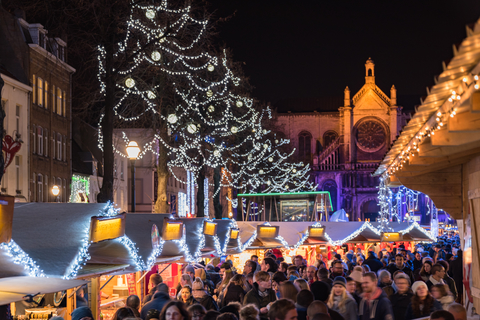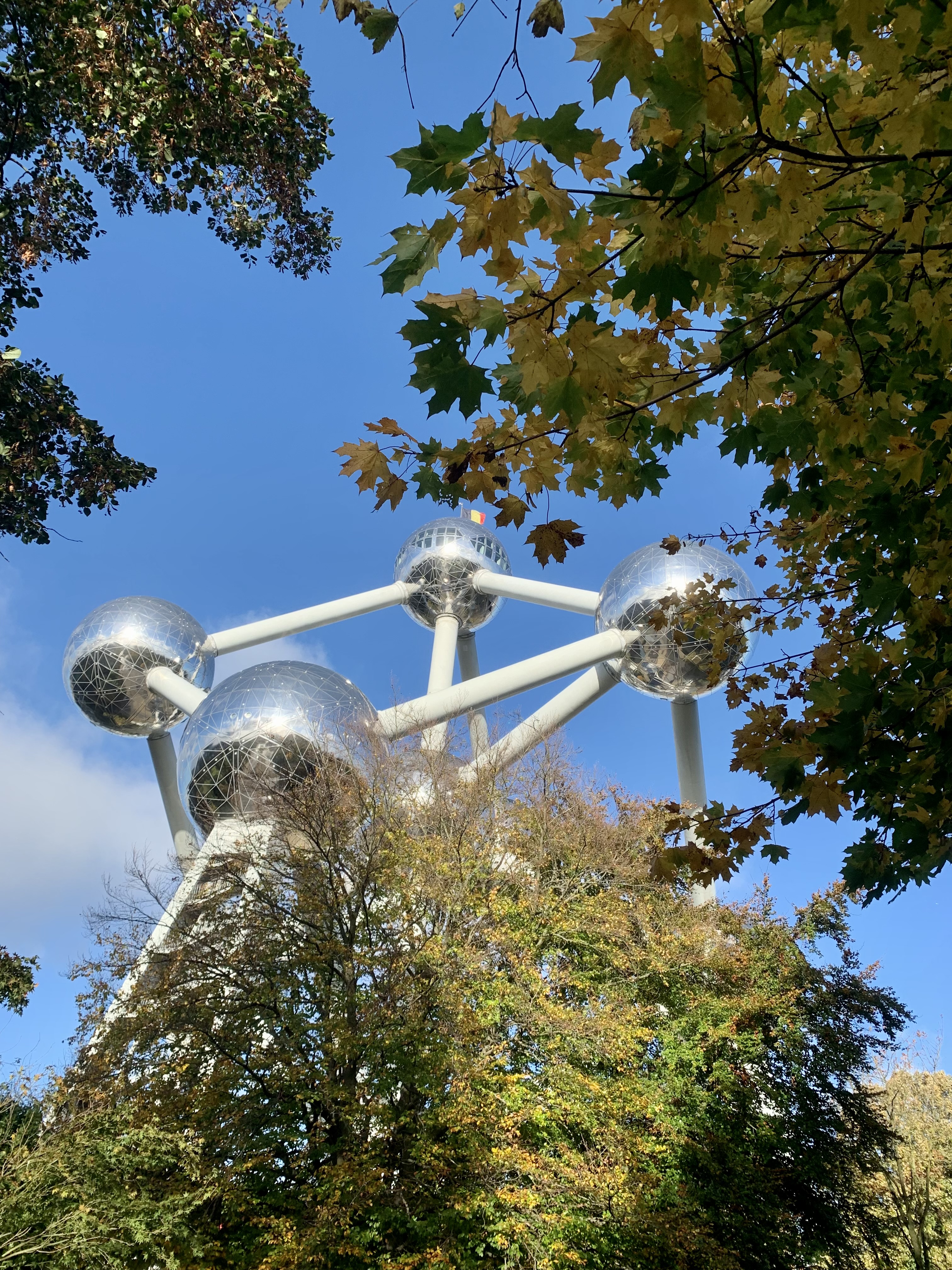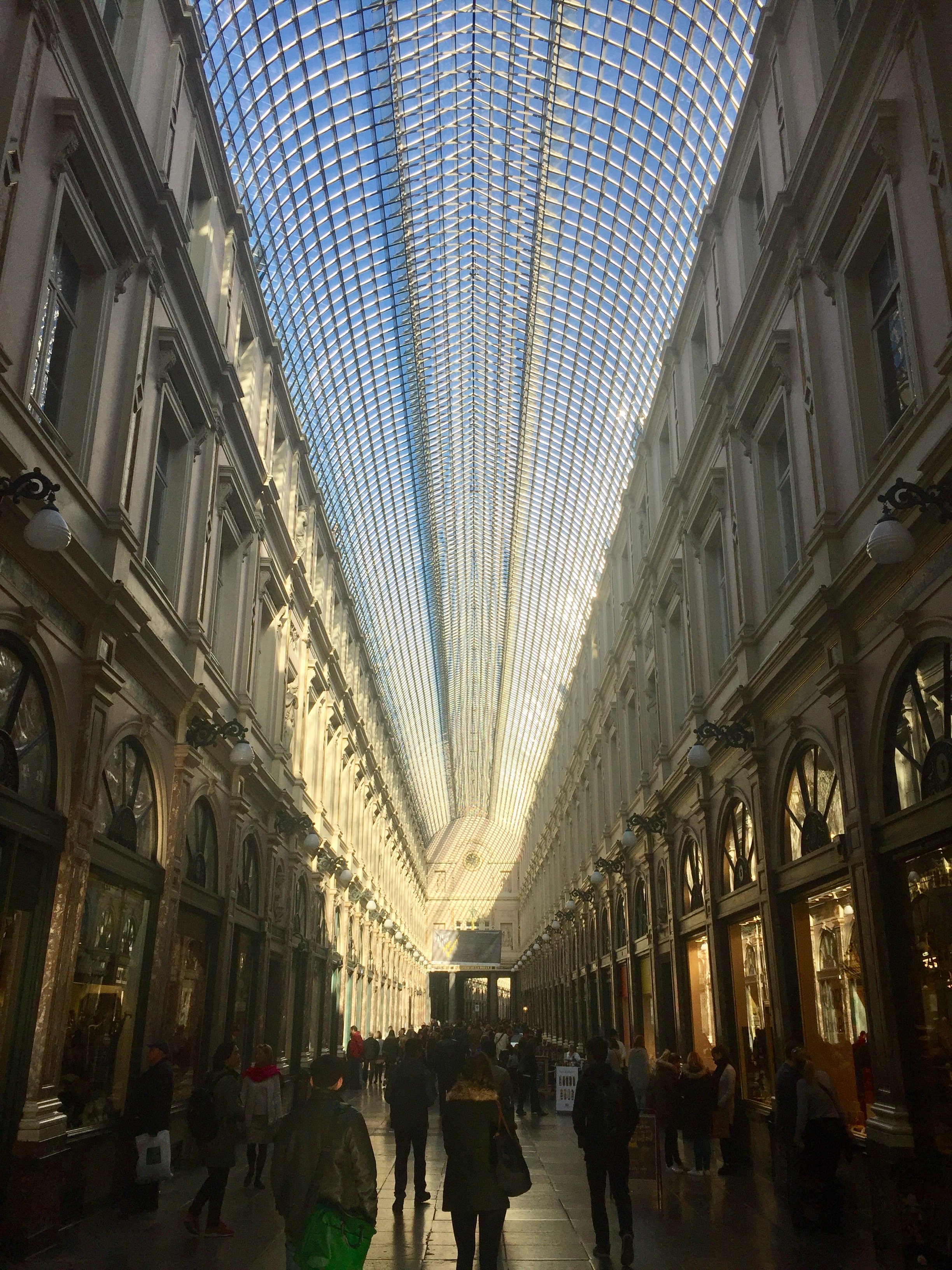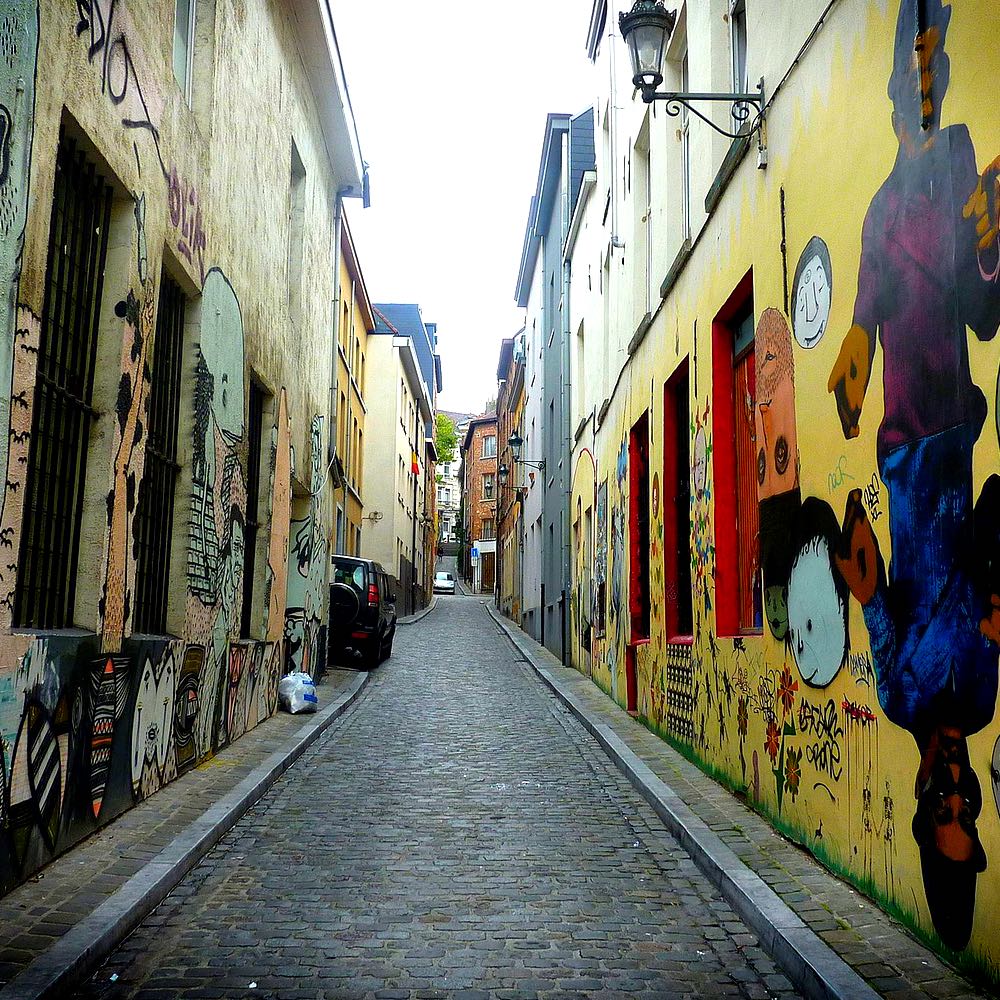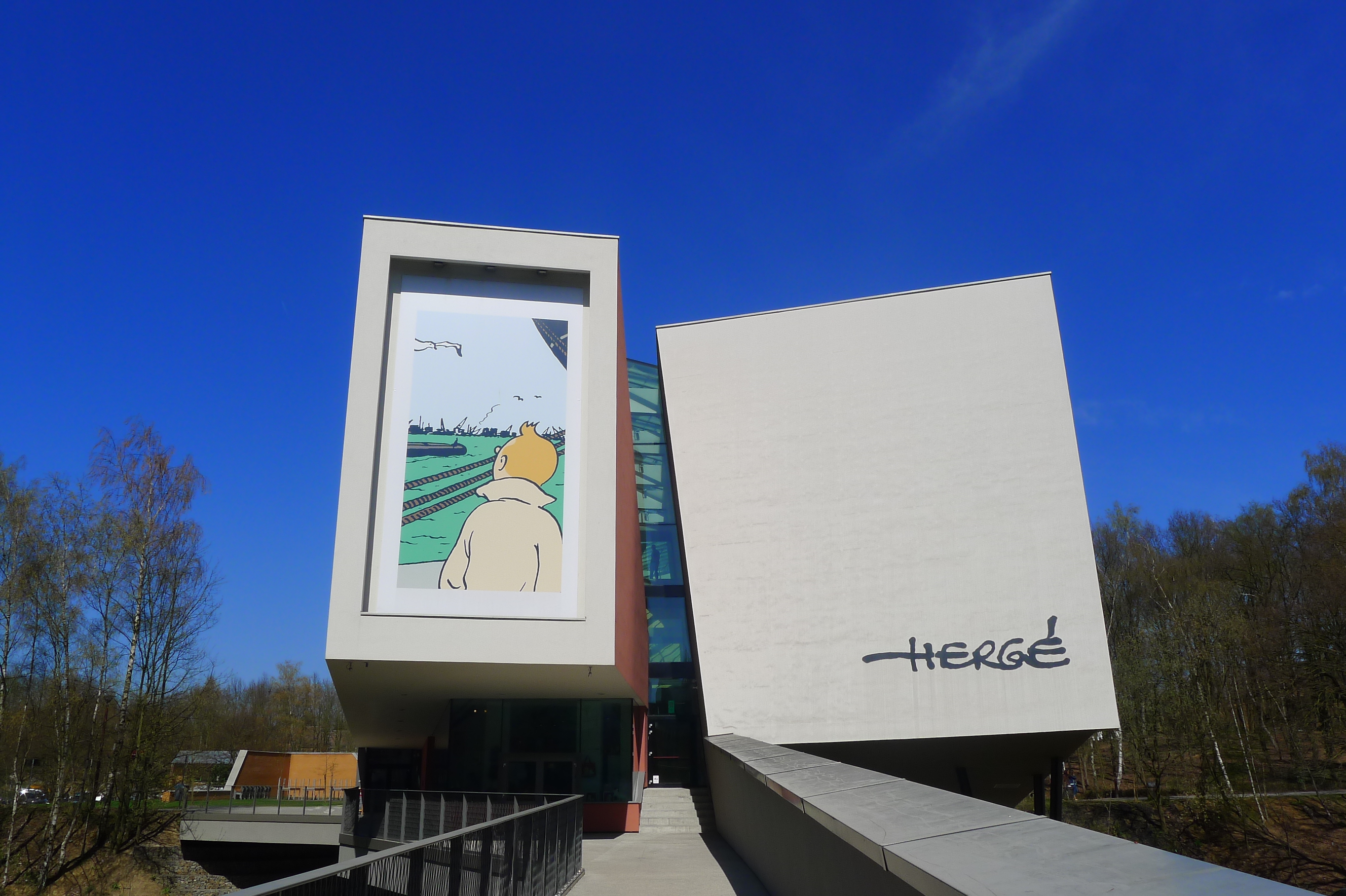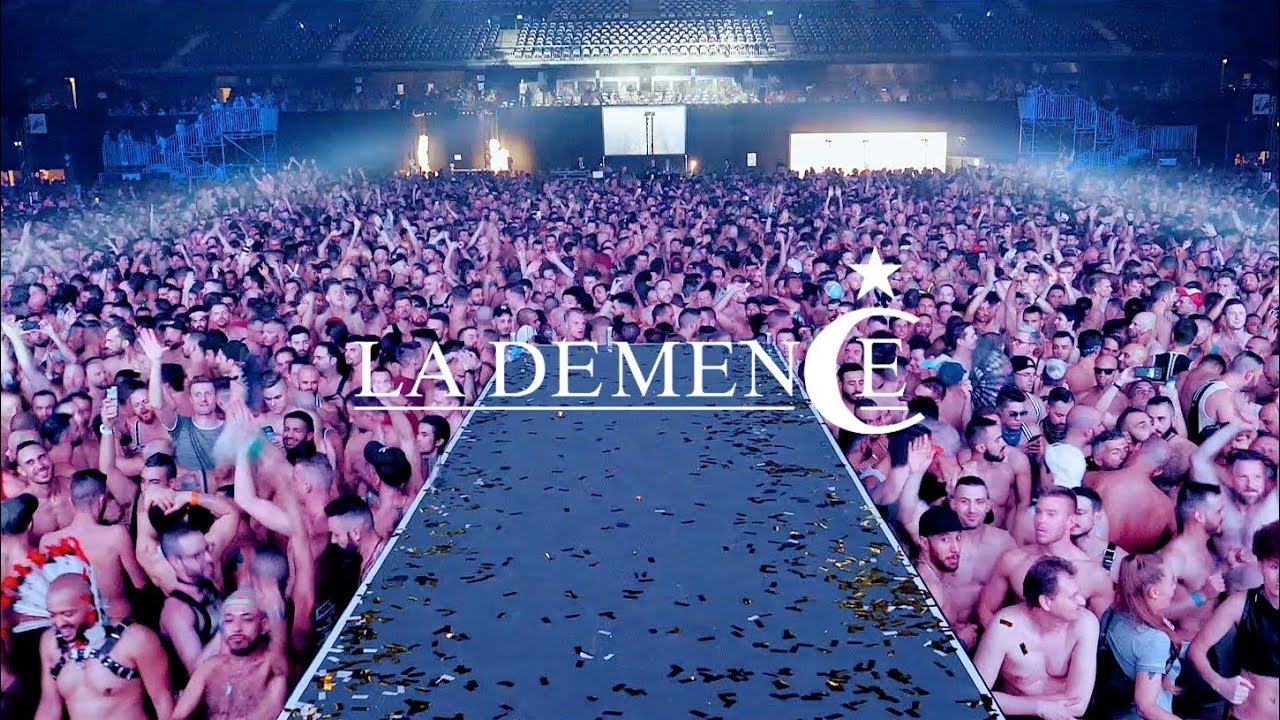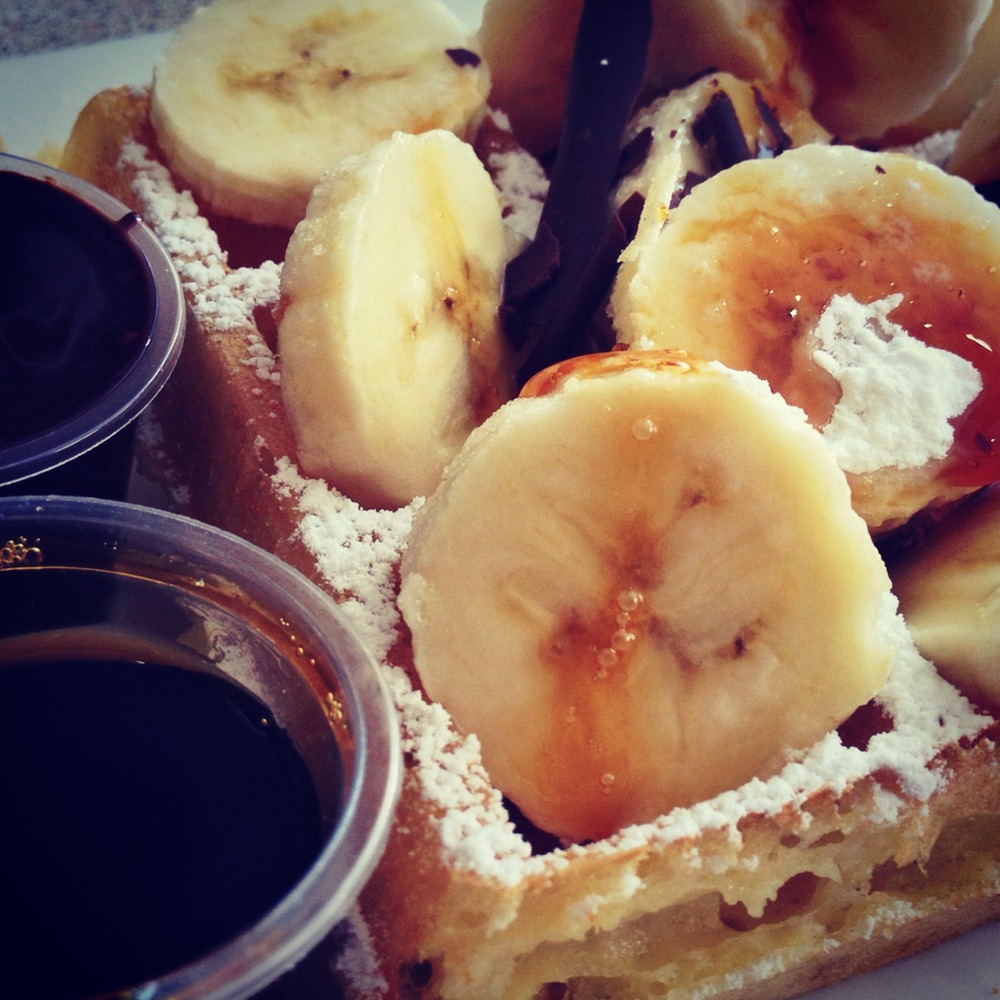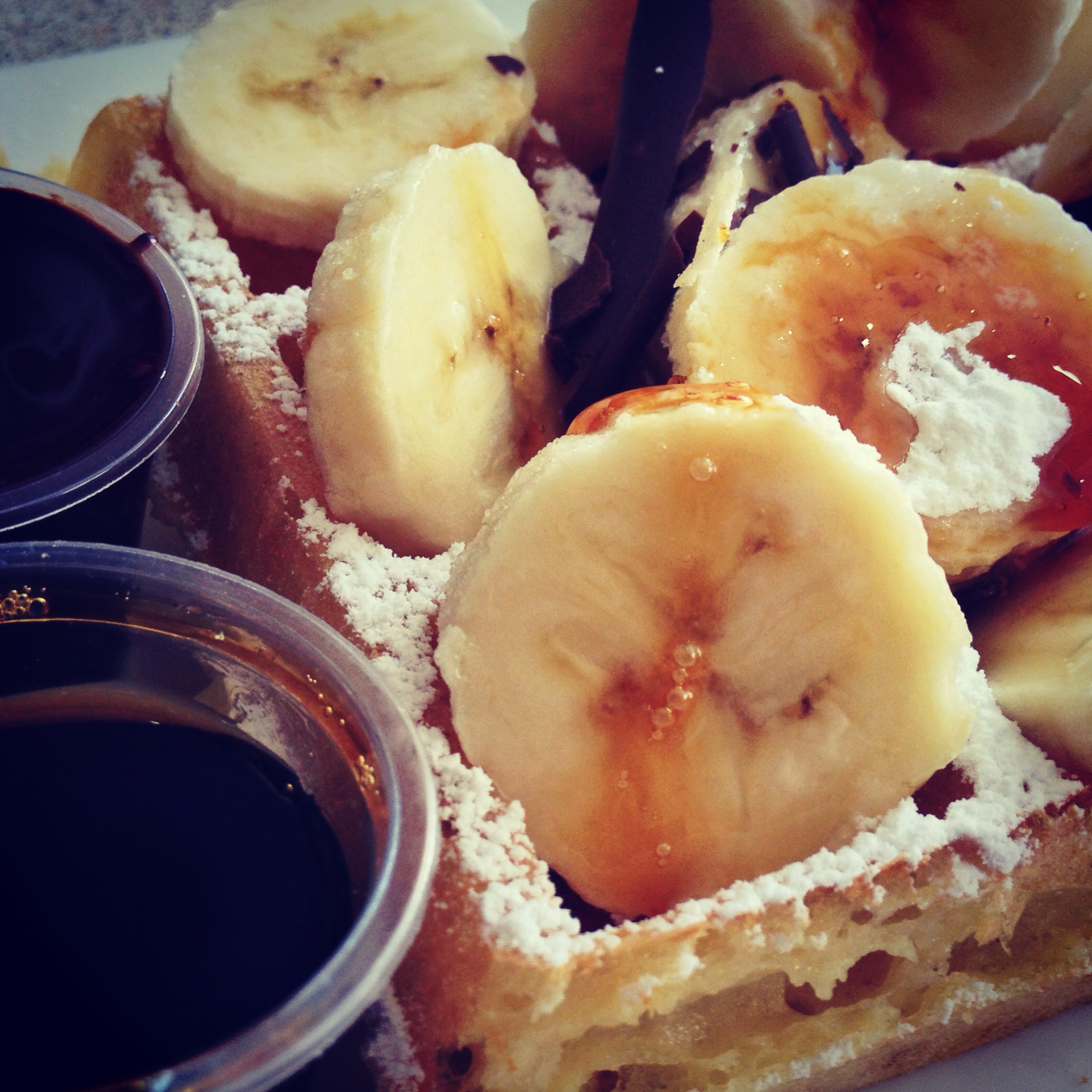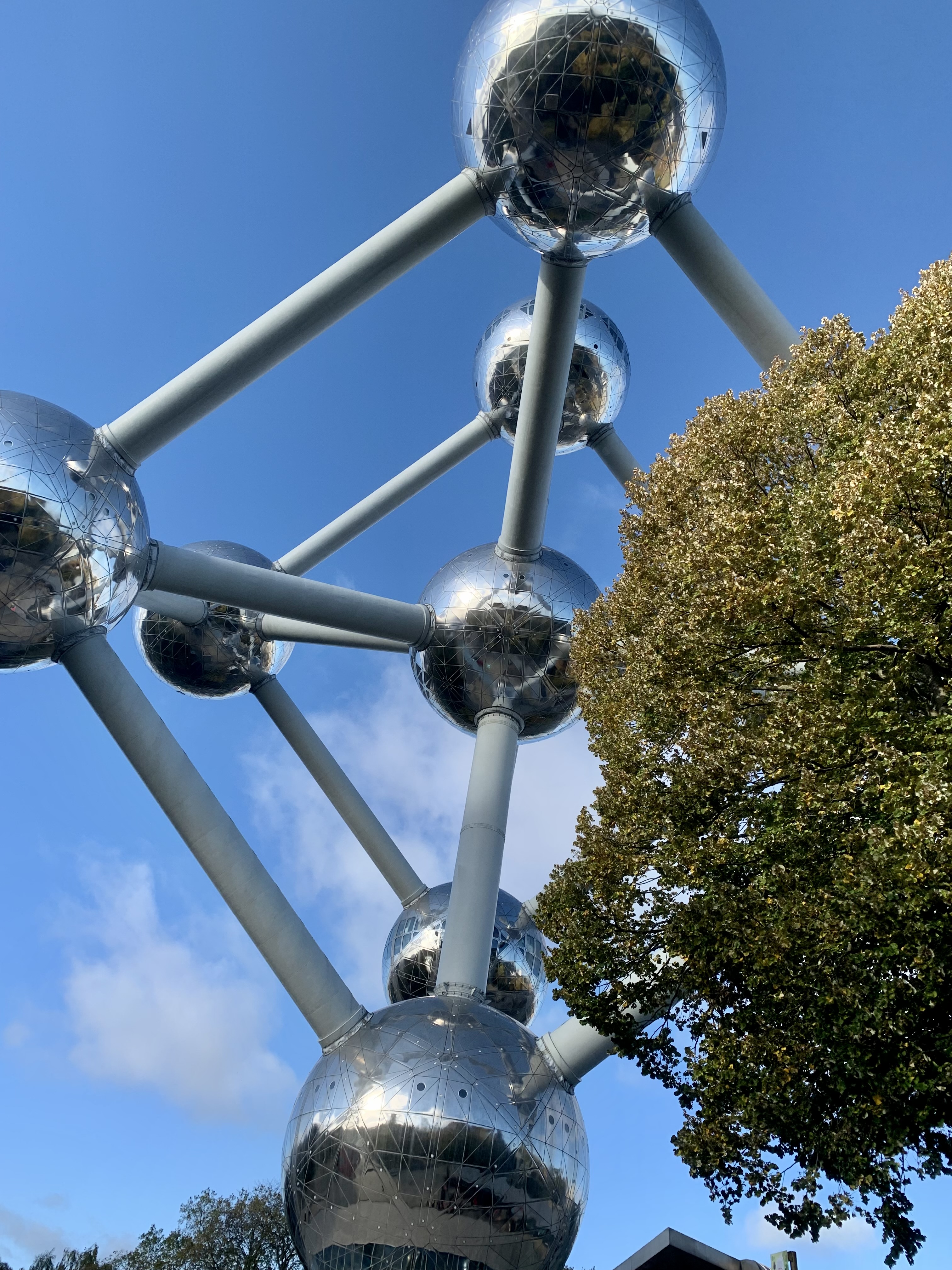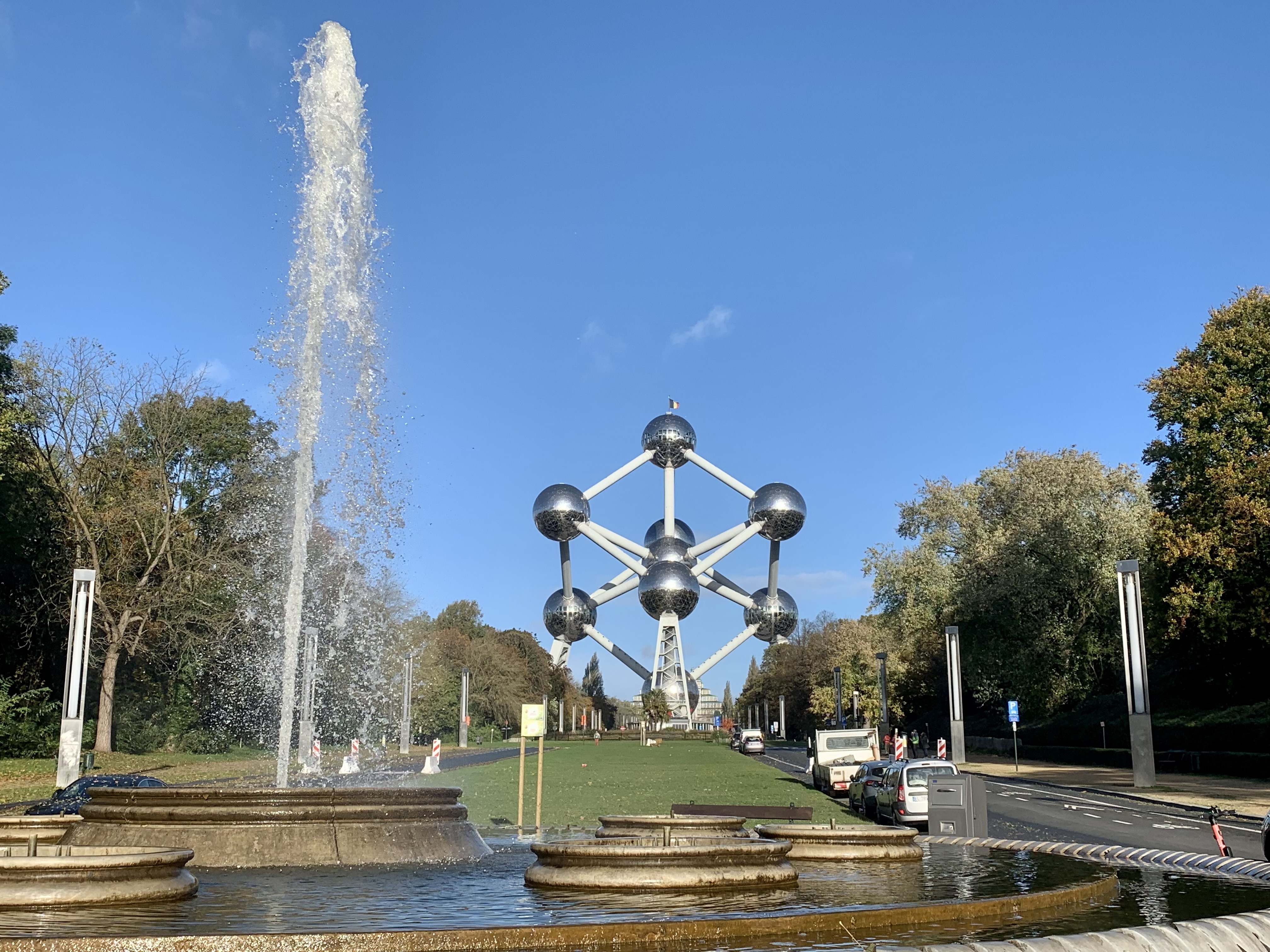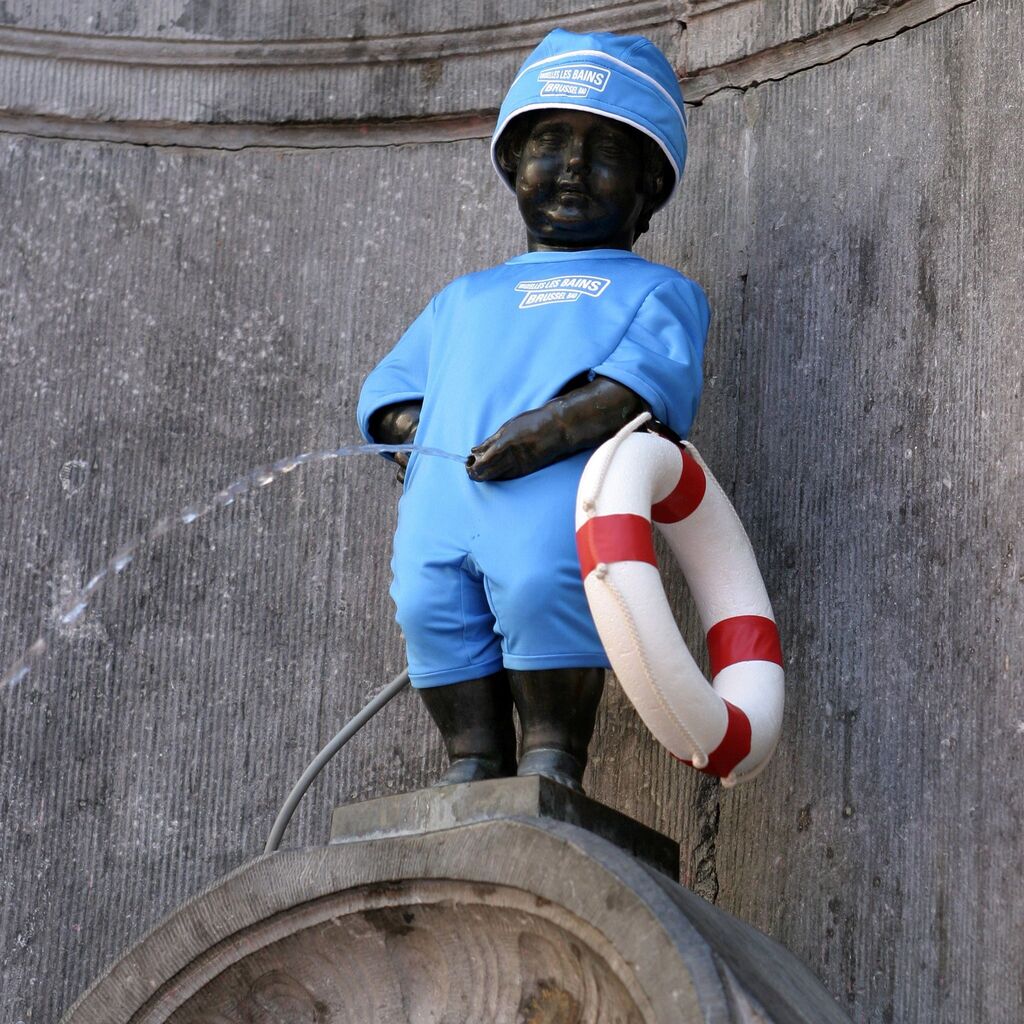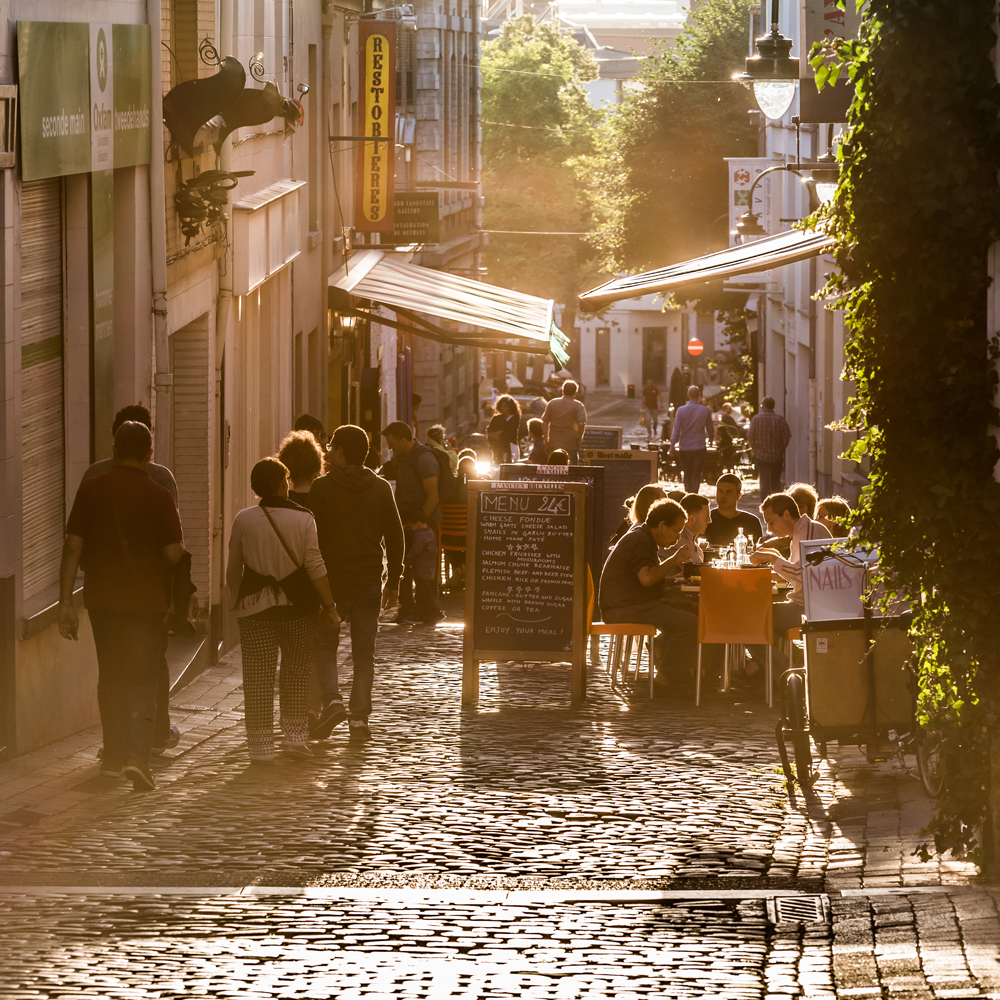Antwerp
Home to the famous painter Peter Paul Rubens, whose works can be admired in many locations around the city and the one of the world’s major centres for the diamond trade Antwerp is Belgium’s second biggest city. Set in the heart of the Flanders region and bordering the Netherlands, this industrial city has an impressive history and was one of the most important in the world in the 16th century. Today Antwerp is an extremely modern and cool city, where trendy designs reign supreme.
Antwerp´s proximity to Brussels, as well as the Dutch city of Rotterdam with regular rail connections make it easy to get to especially if combining visits with these neighbouring destinations.
Photo Credit: Paul Lee-Maynard
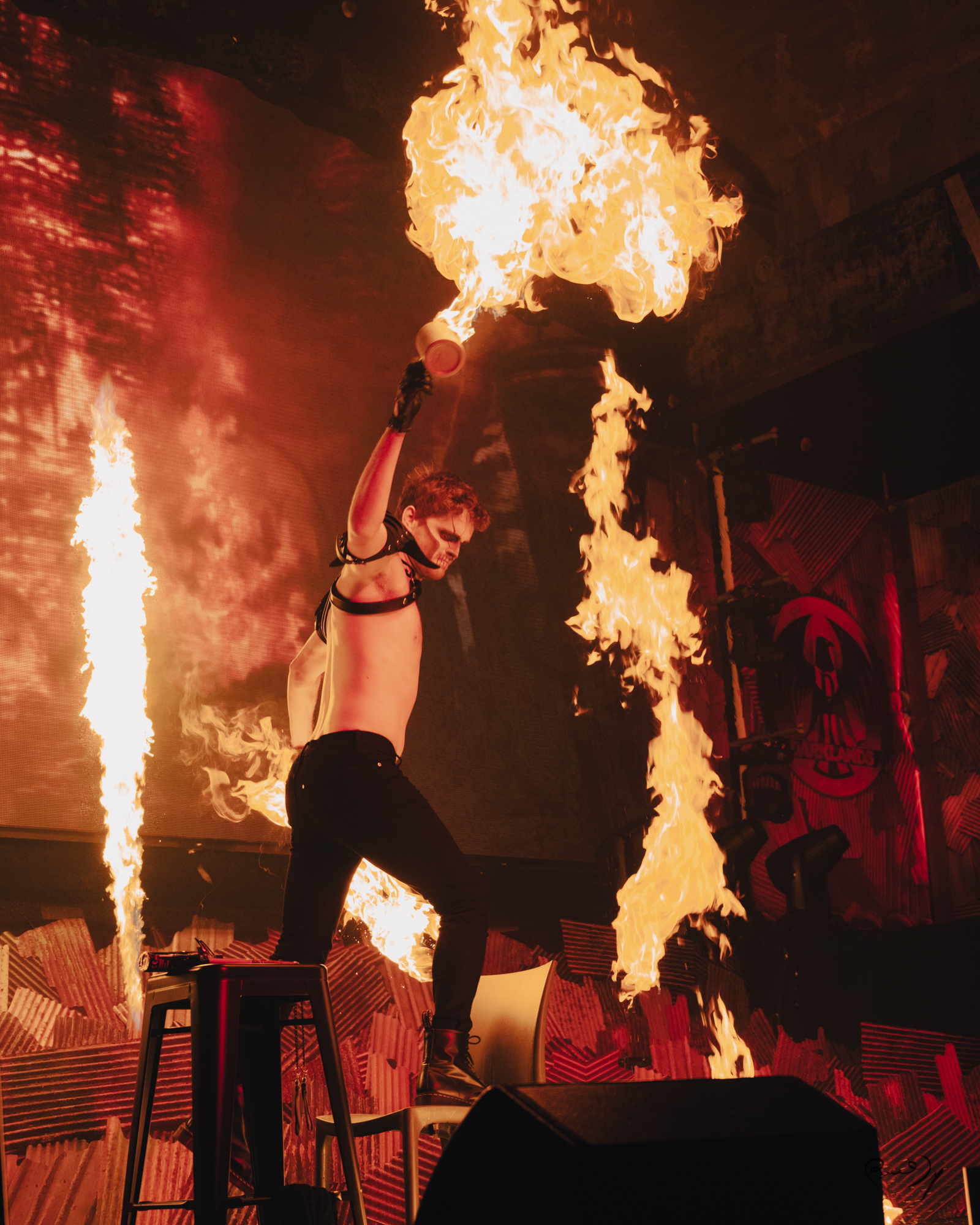
When to visit
Antwerp is a lively city all year round, though in autumn and winter it can be rather cold, windy and wet. However, that is more than compensated by its offer of amazing museums, great shopping opportunities and abundant nightlife options.
One of the key dates on the calendar is Darklands, one of the world's largest (and indoor) gay fetish events, which usually takes place in the first half of March.
Another great period to visit is mid-August, when Antwerp Pride is celebrated, with a colourful calendar of events, concerts and - of course - parties.
Discover and enjoy...
If you have never been here before, make sure you don´t miss the main sightsAnd whether it´s your first time or you´re coming back again, we think you´ll enjoy these hot tipsor take that special vacation selfie
-
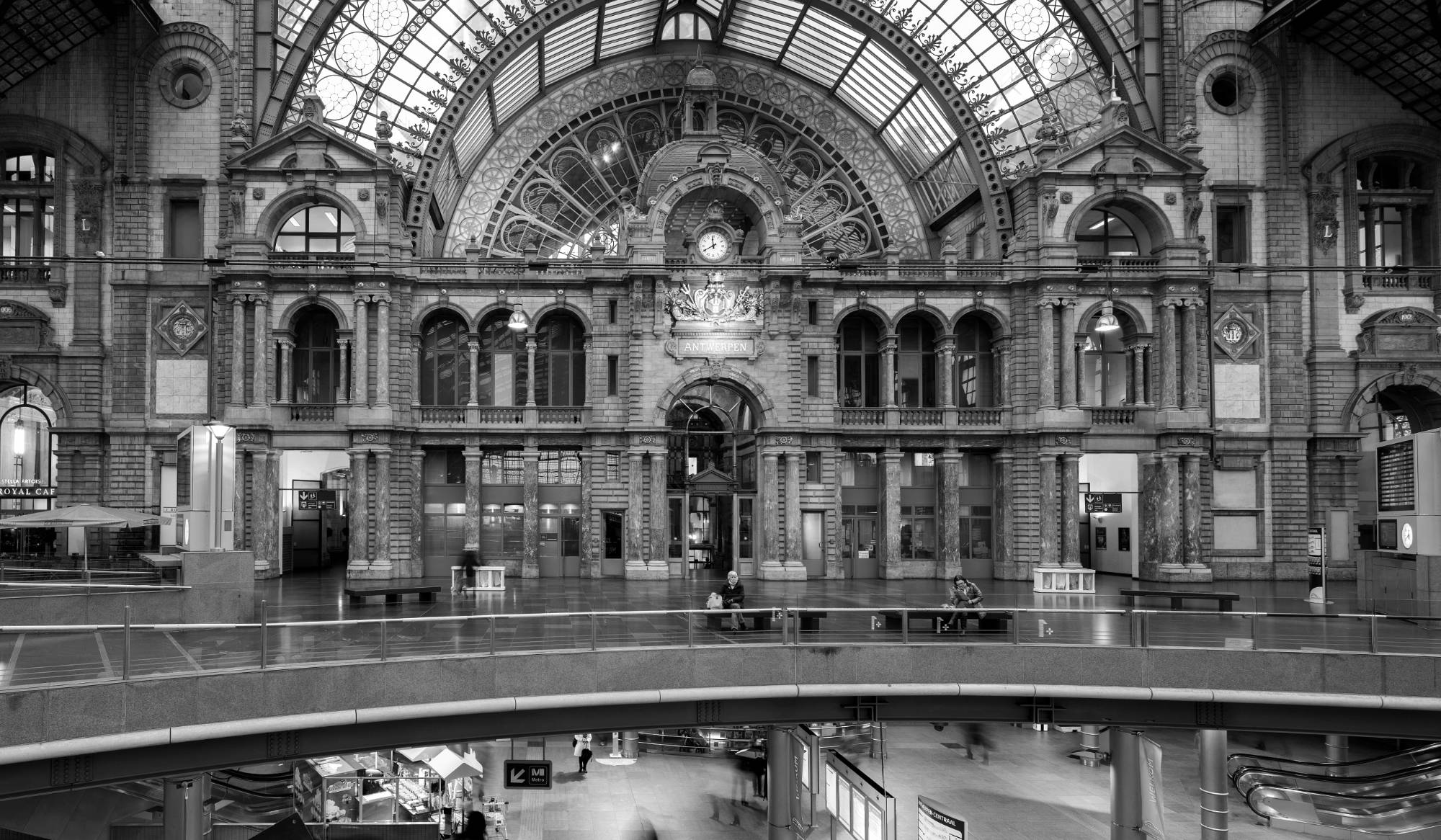
Classic Rail Grandeur
The station of Antwerp Centraal is a grand testimony of the golden age of rail. Opened in 1905 it is simply monumental, with iron and glass arcades and fine marble floors. It has been named as one of the most beautiful rail stations in the world.
-
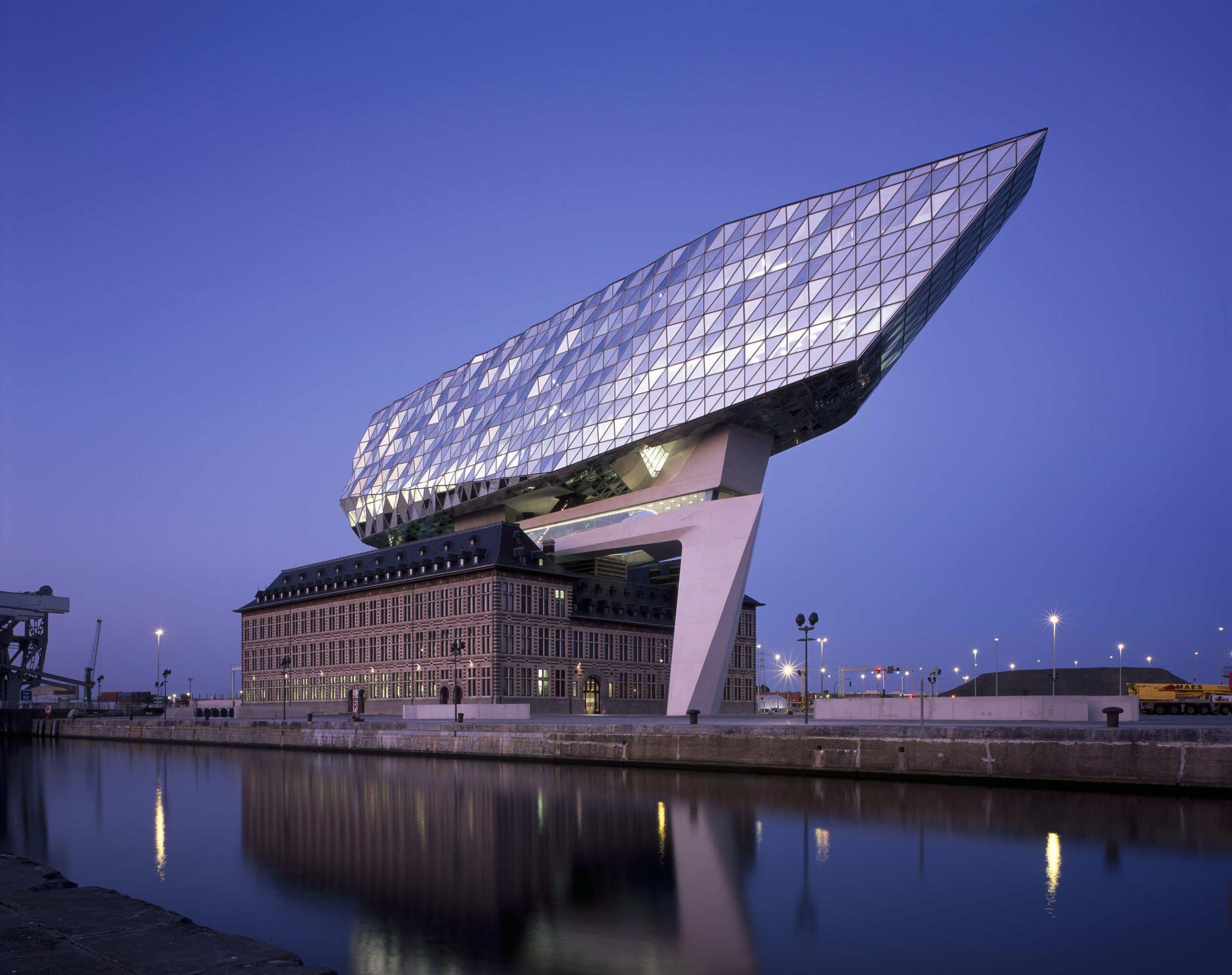
Gaze at Zaha Hadid’s Port House
The late British architect Zaha Hadid has designed the striking Port House, which used to be a derelict fire station. Just completed in 2016, it’s an amazing masterpiece of modern architecture!
-

A Church 169 years in the making
Antwerp’s Gothic Catherdal - Onze-Lieve-Vrouwekathedraal – was built between 1352 and 1521 and its spire pops up every now and again above the skyine of the city roofs. Don’t miss the four Rubens’ canvas displayed here.
-
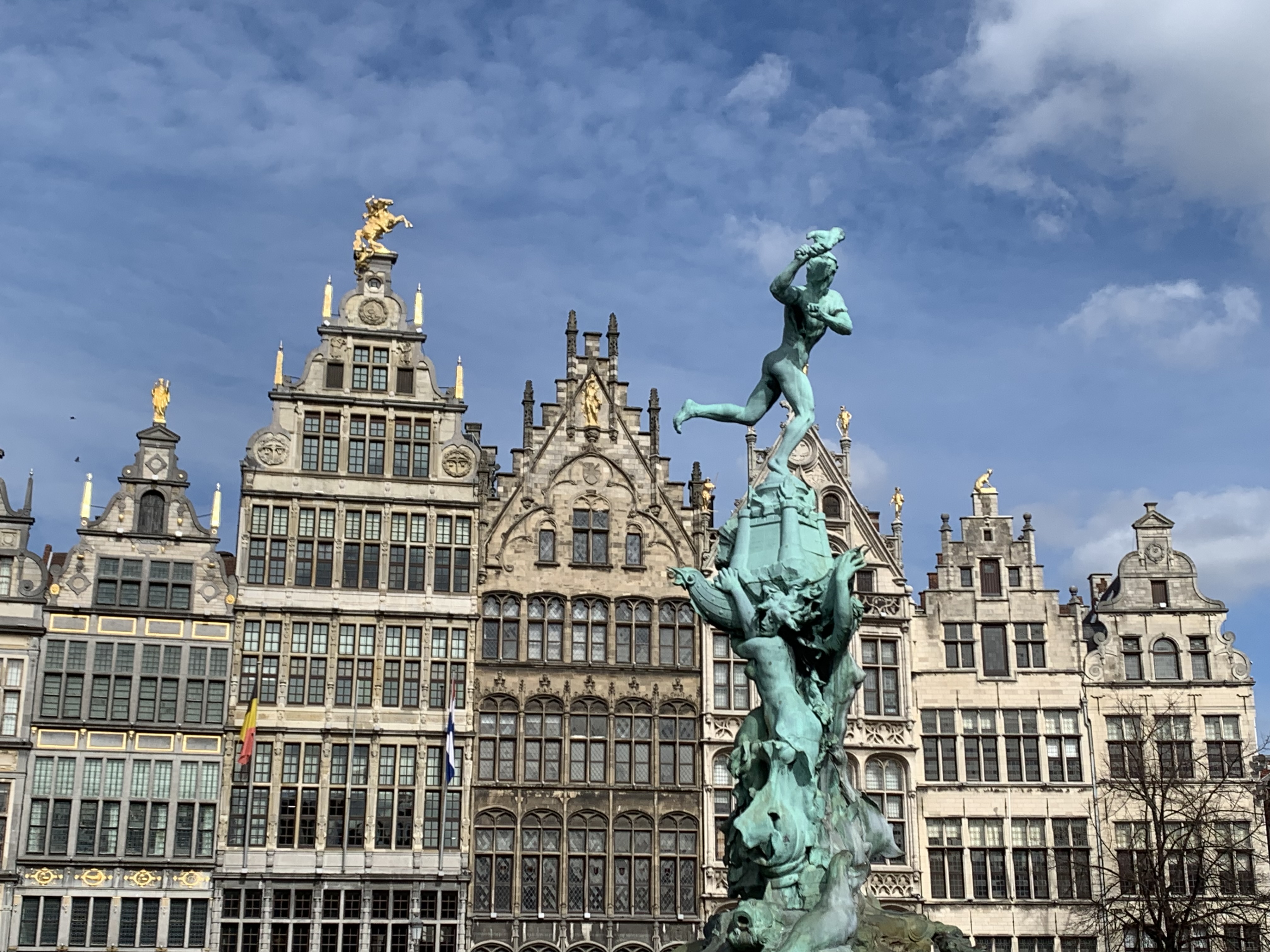
Enjoy coffee and cake in the Grote Markt
As all Flemish cities, Antwerp is essentially built around a beautiful market square and the ornate Medieval Town Hall is also here. As you sip your coffee you’ll notice the famous Brabo Fountain – according to the legend Brabo, a Roman soldier, threw the severed hand of the giant Antigoon into the river.
-
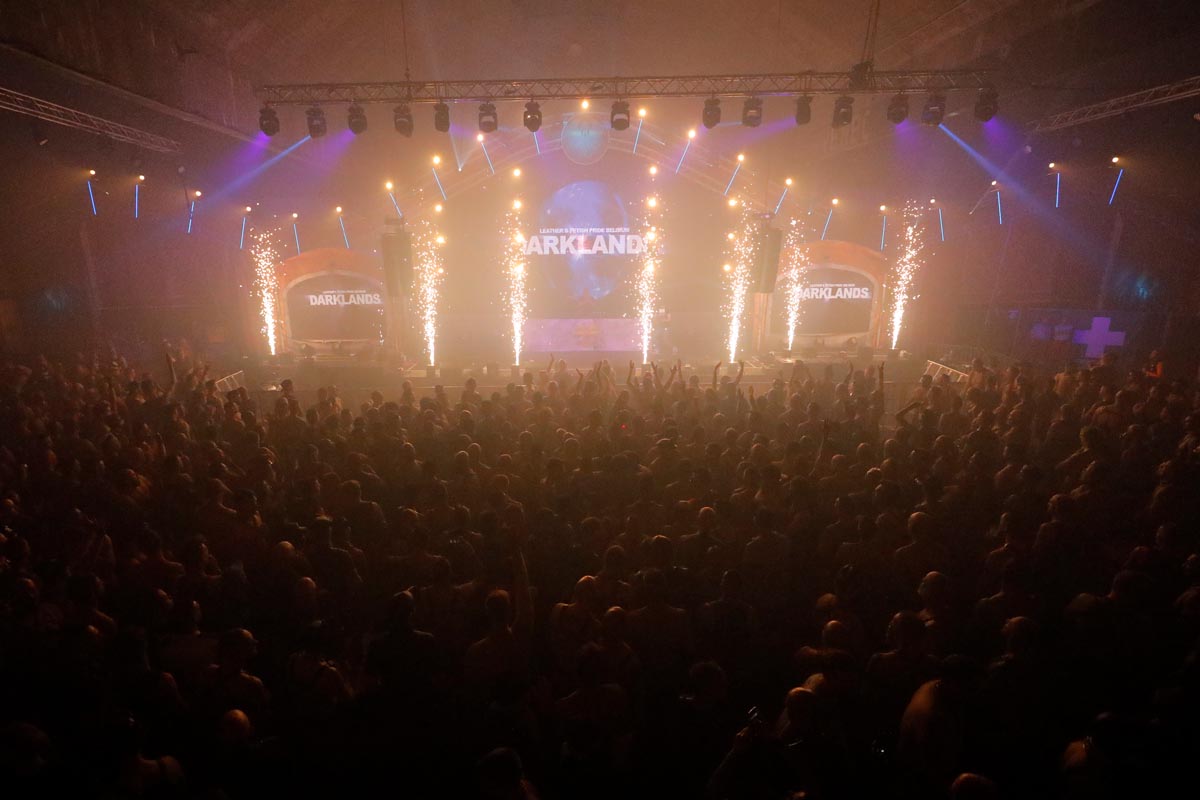
Explore your 'darker side' in Antwerp
Antwerp has a rich gay scene. Red & Blue / Cargo Club is a legendary gay club that since its start in 1997 has become one of the gay clubbing hotspot in Northern Europe, attracting customers from far and wide.
Antwerp is also famous for having a big leather & fetish scene, hence the very well established Darklands event, which is held in early March in a huge indoor warehouse space and it's one of the largest events of its kind in the entire world, attracting thousands of people from every corner of the globe. Each year there is a set 'theme'. More info here.
-
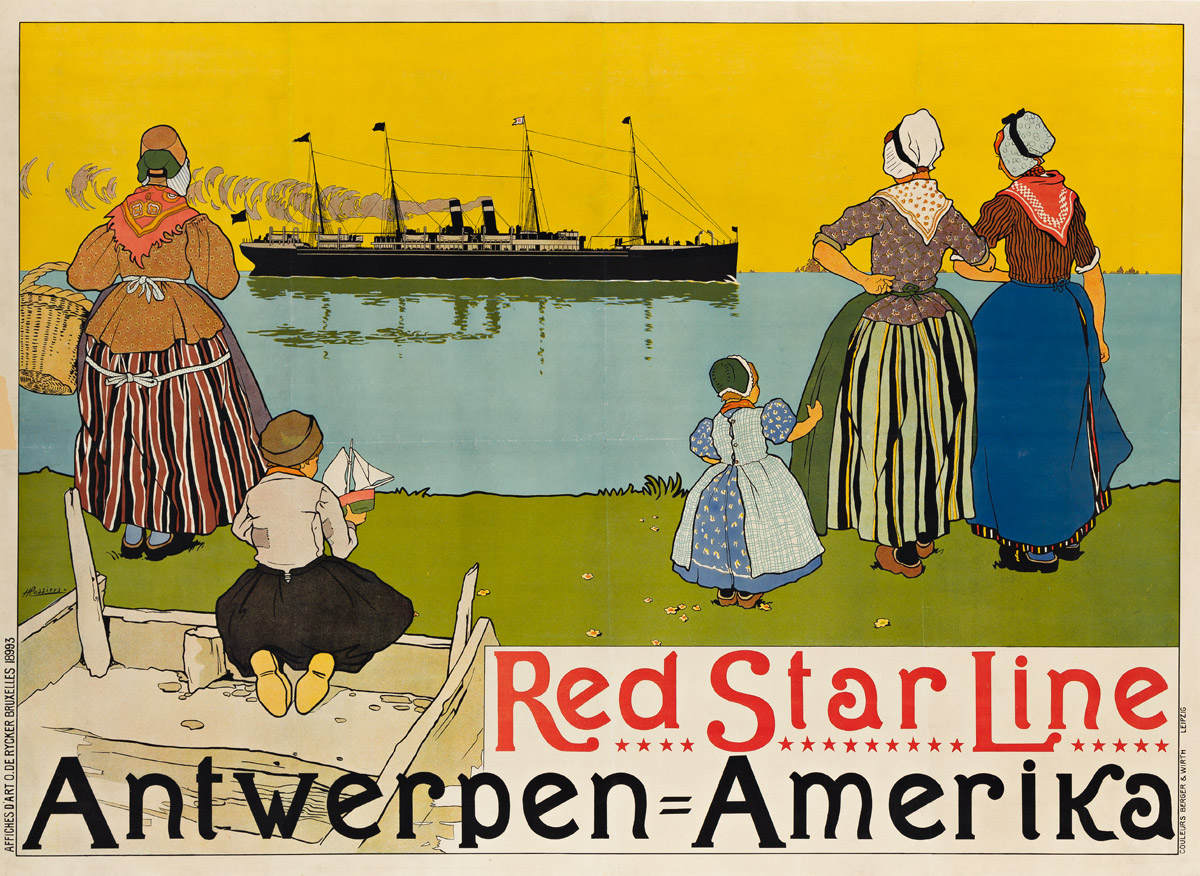
Where people's dreams started
Antwerp's sprawling port was the base for the Red Star Line, one of the shipping companies that ferried hundreds of thousands of immigrants across the Atlantic in the early 20th century. The amazing Red Star Line Museum tells a universal story of hope, dreams and the quest for happiness, based on personal stories of those who reached America to start a new life.
Gallery
Planes, trains and automobiles...
Antwerp has an airport but it's very small, so you'll probably be using Brussels Zaventem (International code: BRU), which is located about 40 Km (25 mi) south of the city. From there there are regular trains to Antwerp Centraal, costing about €13 each way and the journey time is just 30 minutes.
Another option is to fly into Amsterdam (or Rotterdam) and take the fast train (Thalys) from there. From Amsterdam Schiphol Airport it's a direct journey and takes just 55 minutes.
Antwerp is quite compact and very pedestrian friendly, however you can also rely on a vast network of buses and trams to get you around the city (bear in mind that in the historical centre many trams travel underground). You can download the transport company's app (De Lijn) to check routes and schedules, buy paperless tickets and passes and activate them as you board a tram or bus. For single journeys you can also use your contactless credit card and tap it on one of the special readers on the trams.
Useful Links
-
SNCB - Official Belgian Railways
-
Thalys High Speed Trains
-
De Lijn - Antwerp Public Transport Site
-
Brussels Airport - Official Site
The Scene
Belgium is an extremely accepting country when it comes to LGBT rights and attitudes towards gays, lesbians and transgender people are very liberal, especially here in the Flanders region. Belgium was one of the first countries in the world to embrace same sex marriage.
Antwerp has an incredibly interesting gay scene, with some clubs and bars that attracts visitors from far and wide. It has also a very established fetish/leather scene, with Darklands, one of the largest events of its kind in Europe taking place generally in early March each year.
-
51.2261044,4.401316599999999
Cargo Club
Home of Red and Blue
-
51.217244,4.421151099999999
Central Station
-
51.2338603,4.4020316
Waagnatie
Warehouse venue where Darklands is held
-
51.2275462,4.415693500000001
Boots
Leather cruising club
-
51.2289238,4.4048203
MAS
Maritime museum
